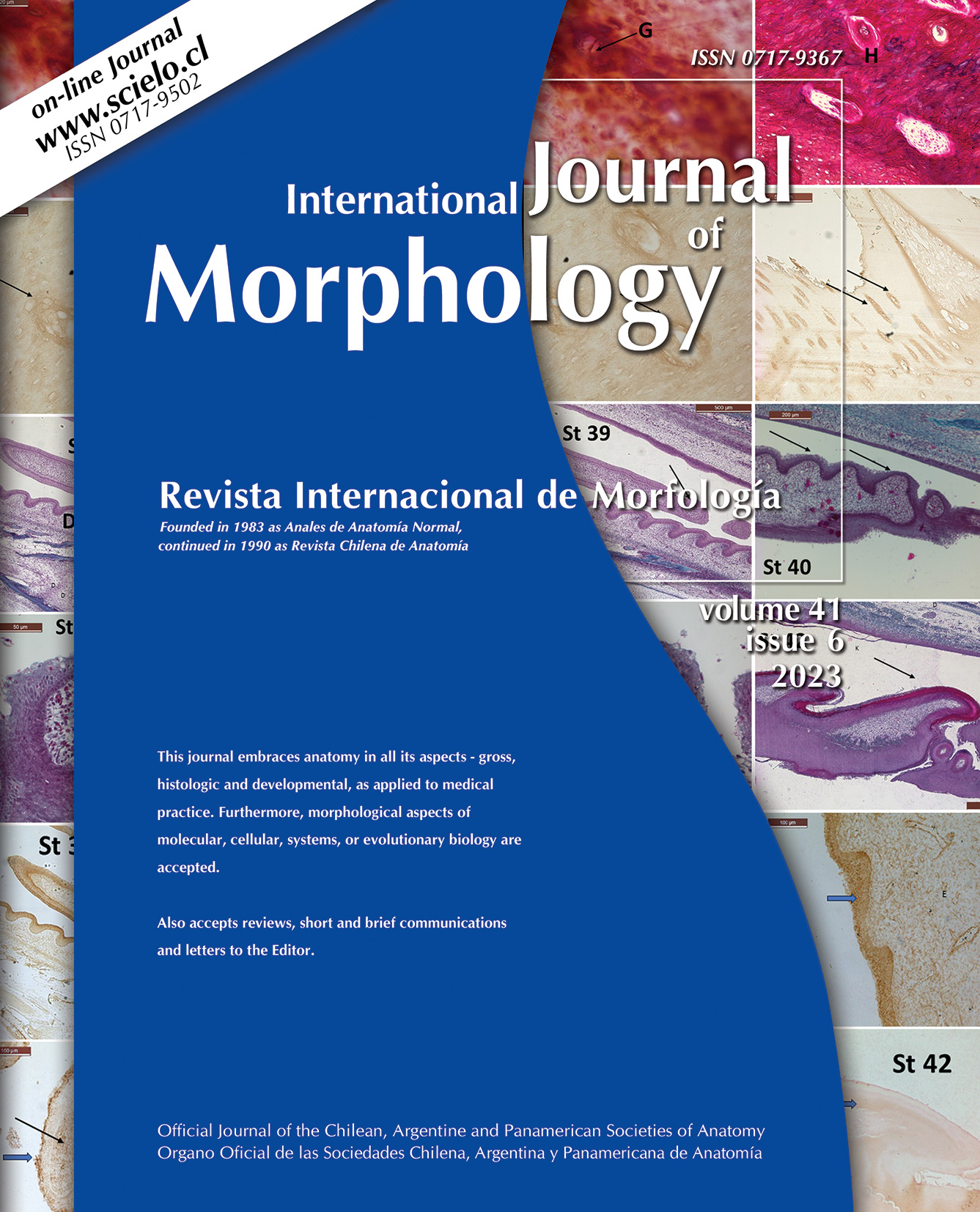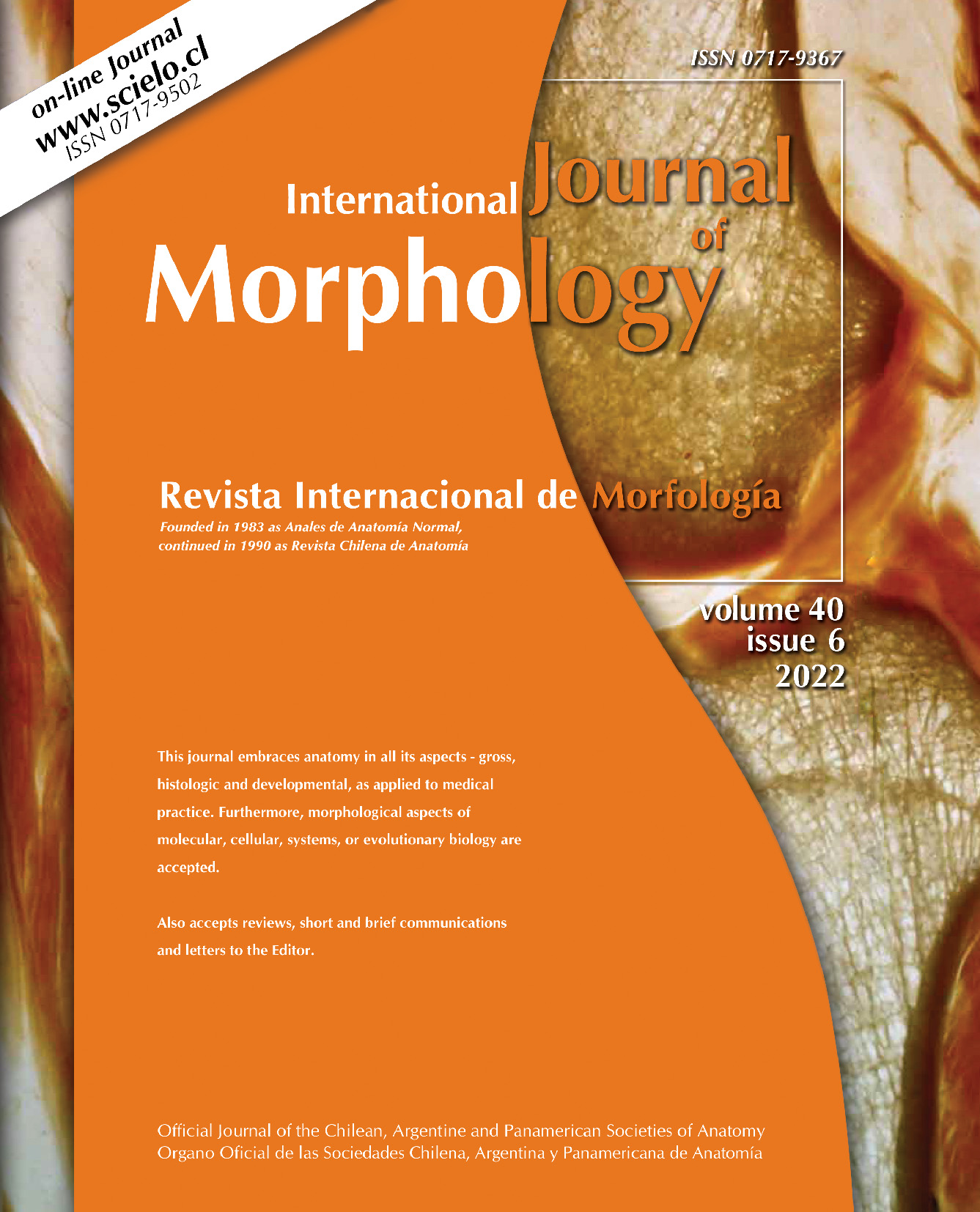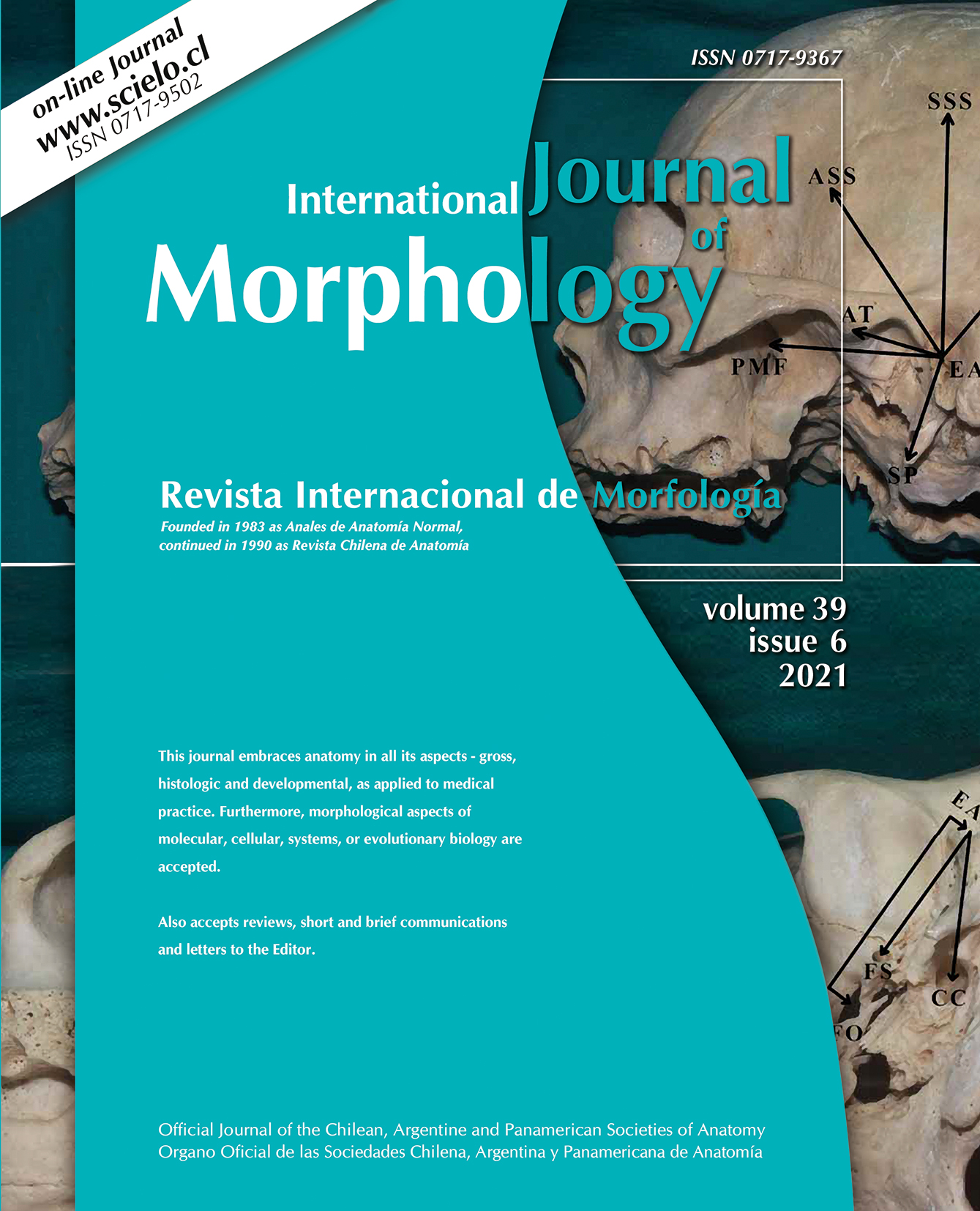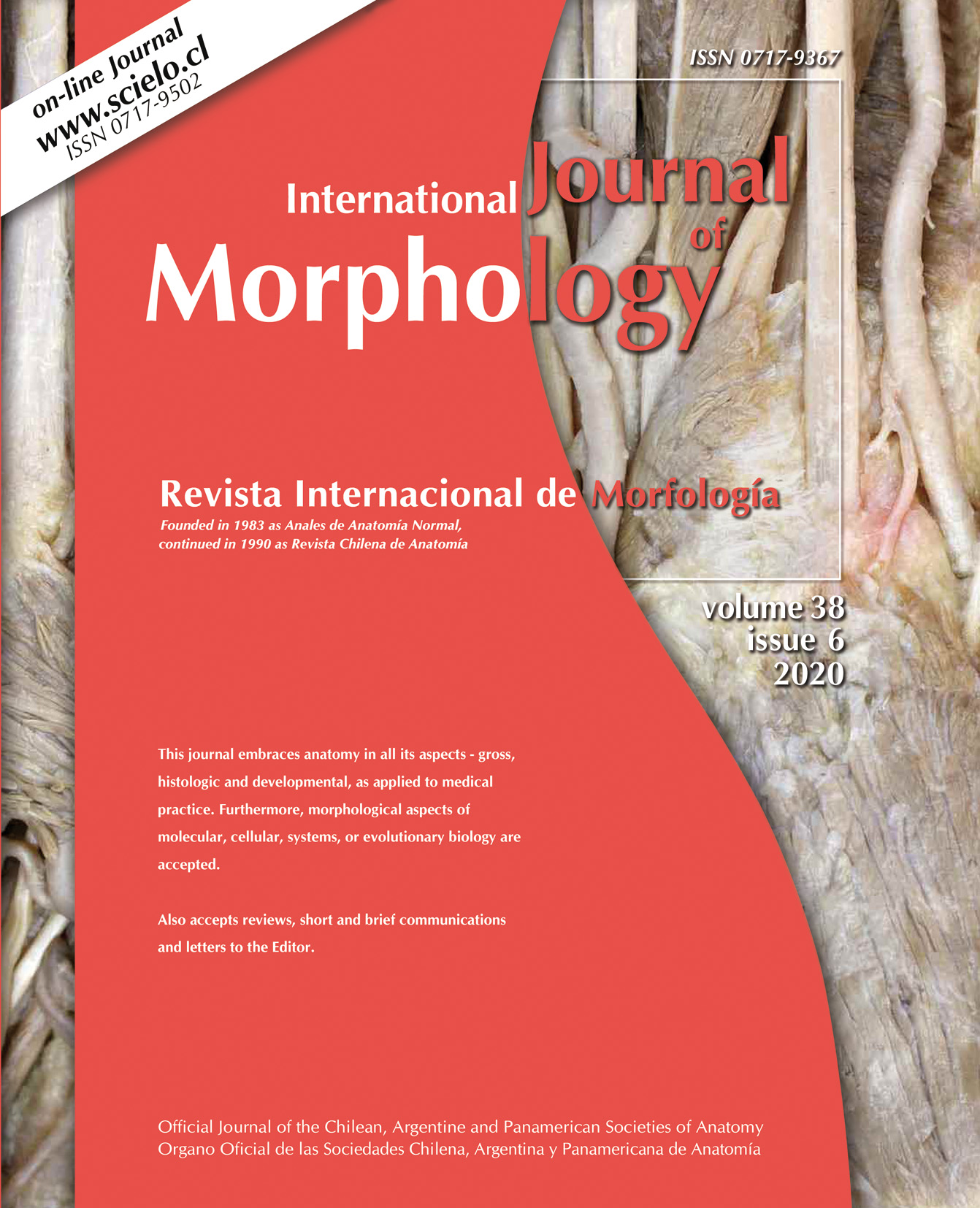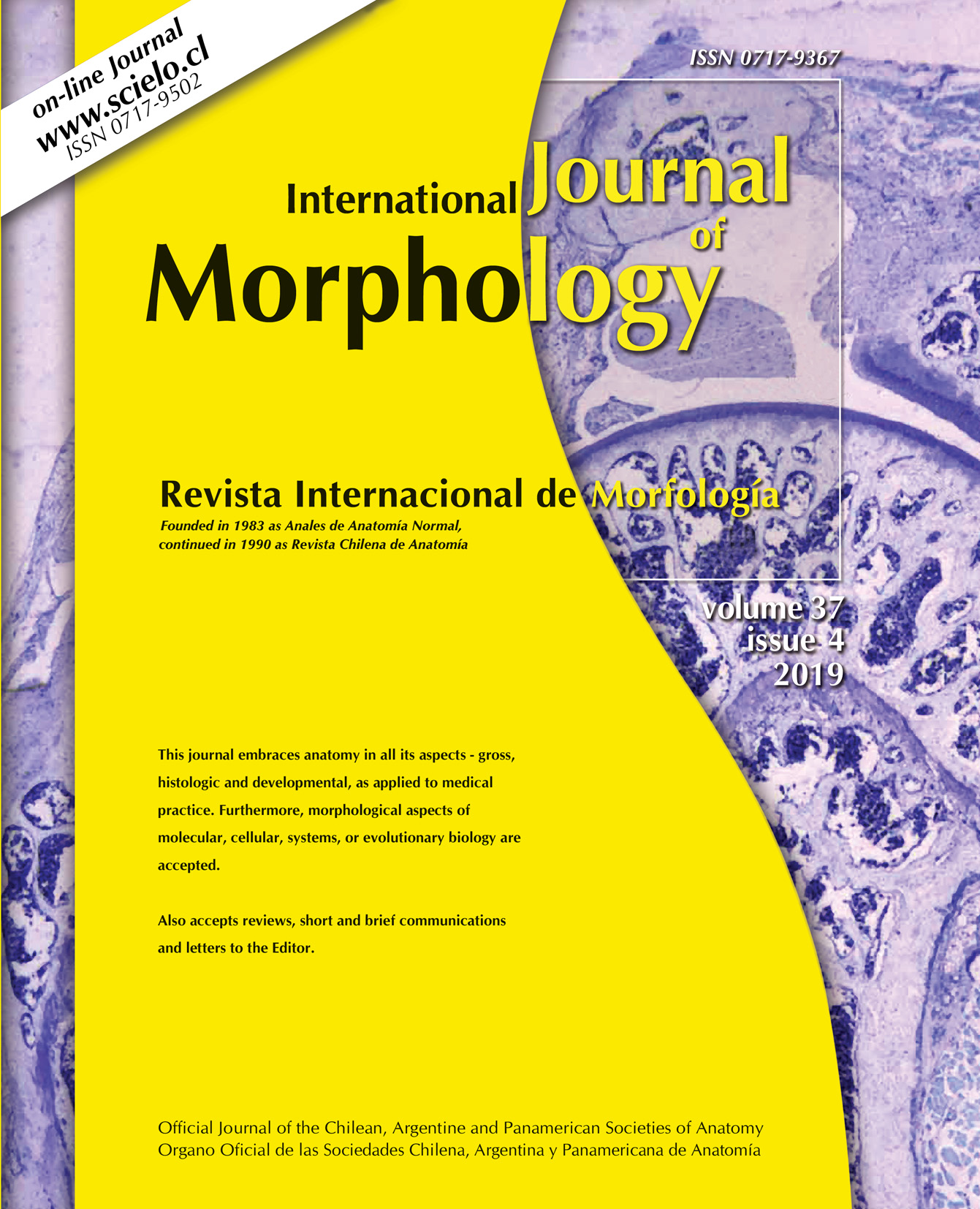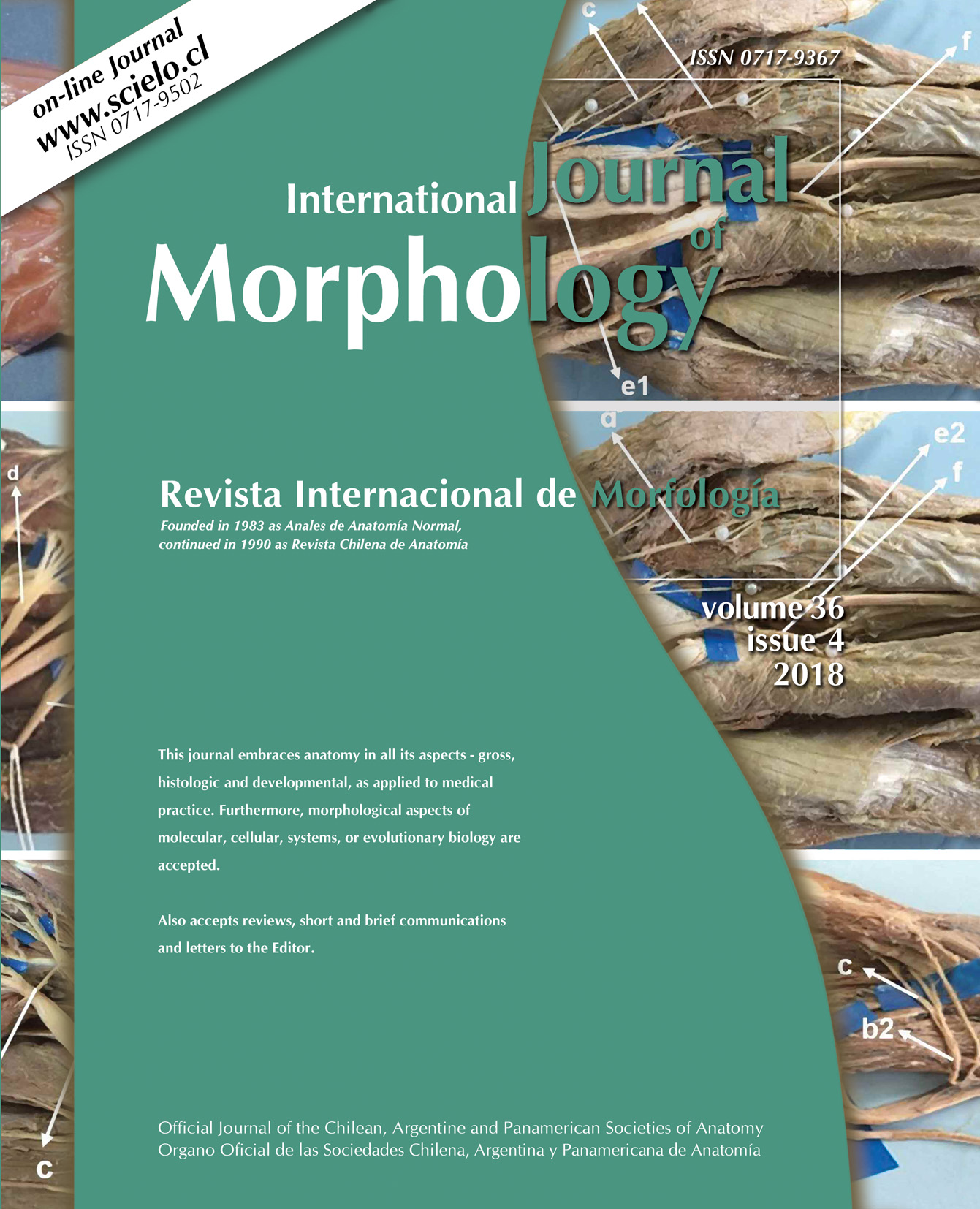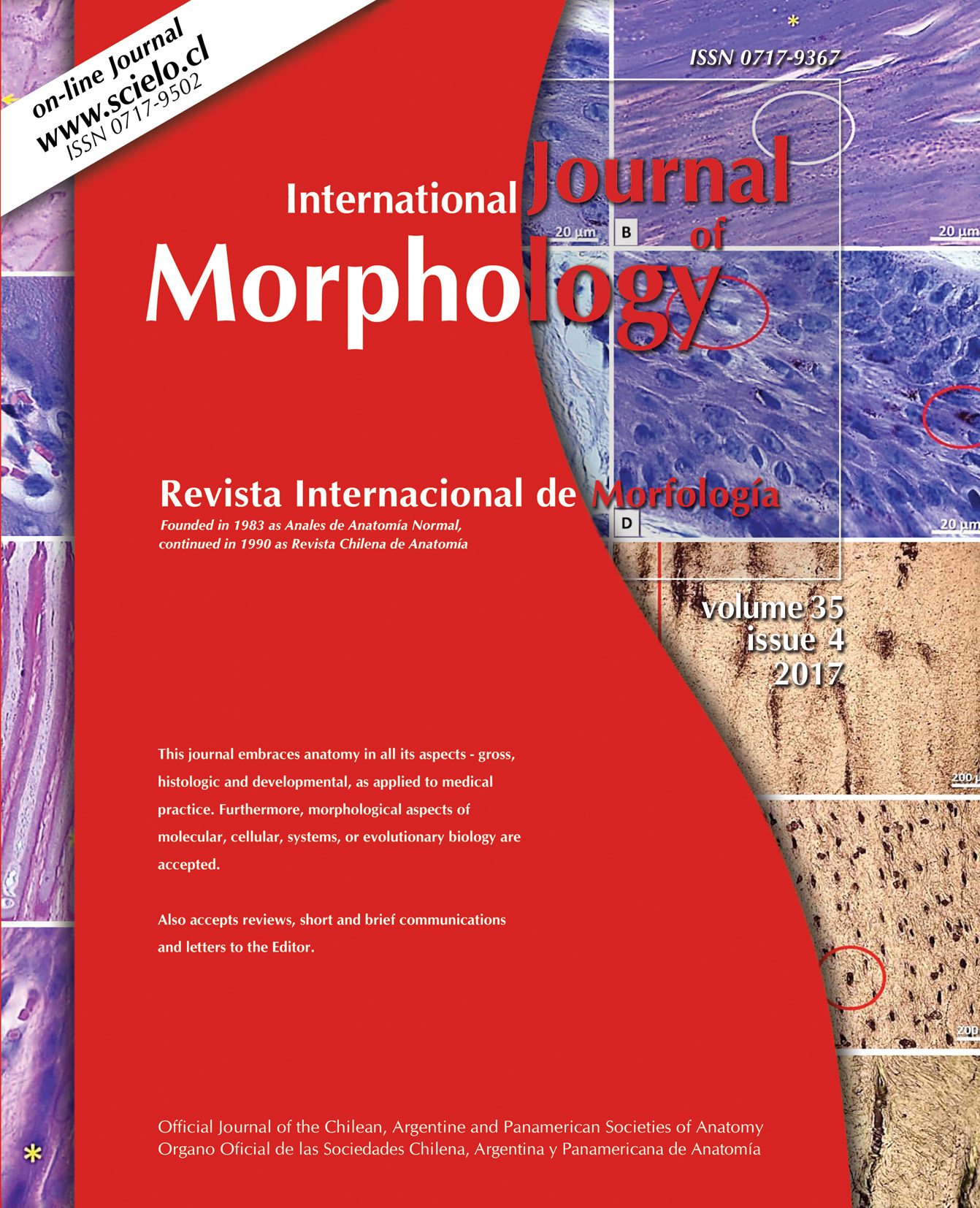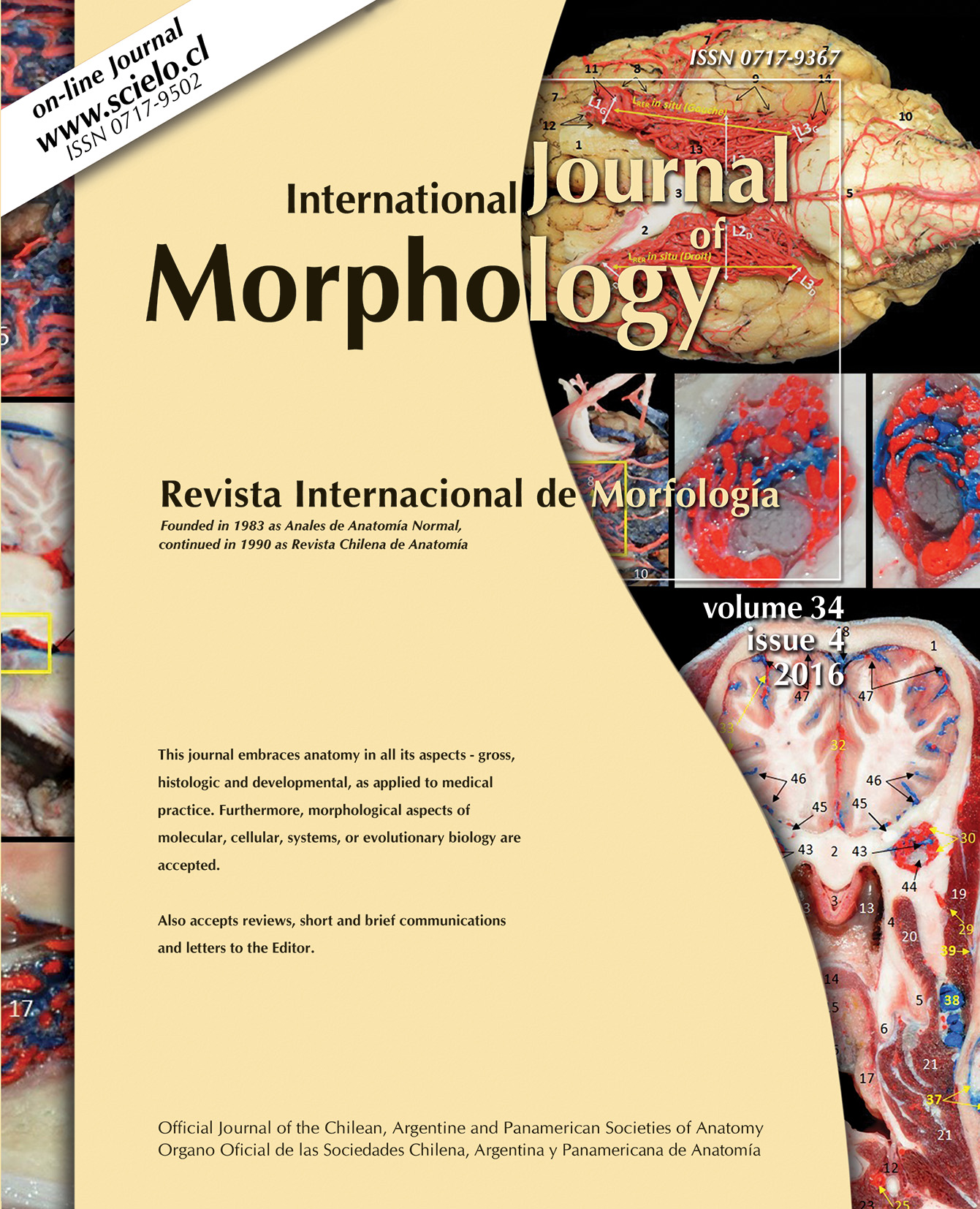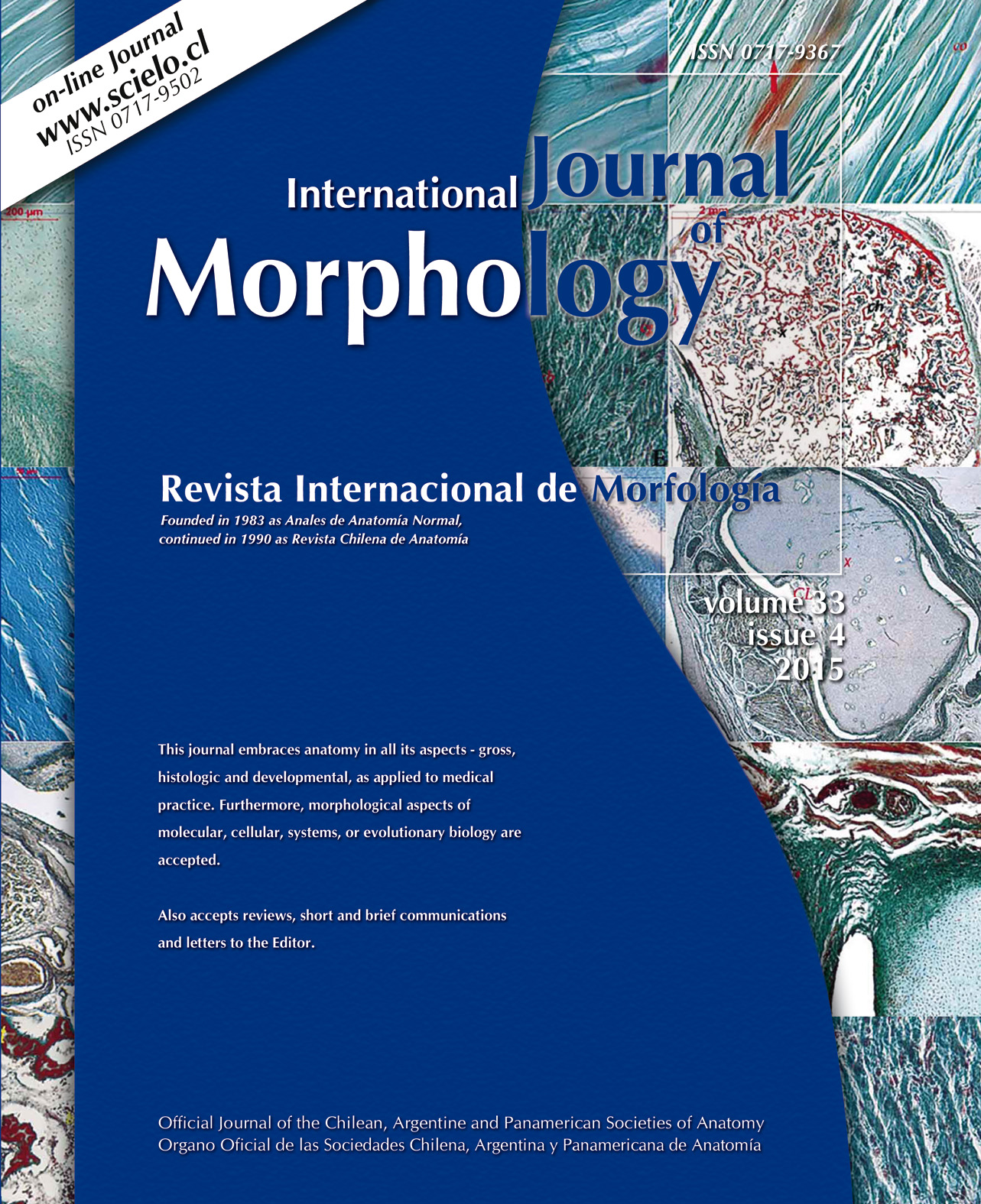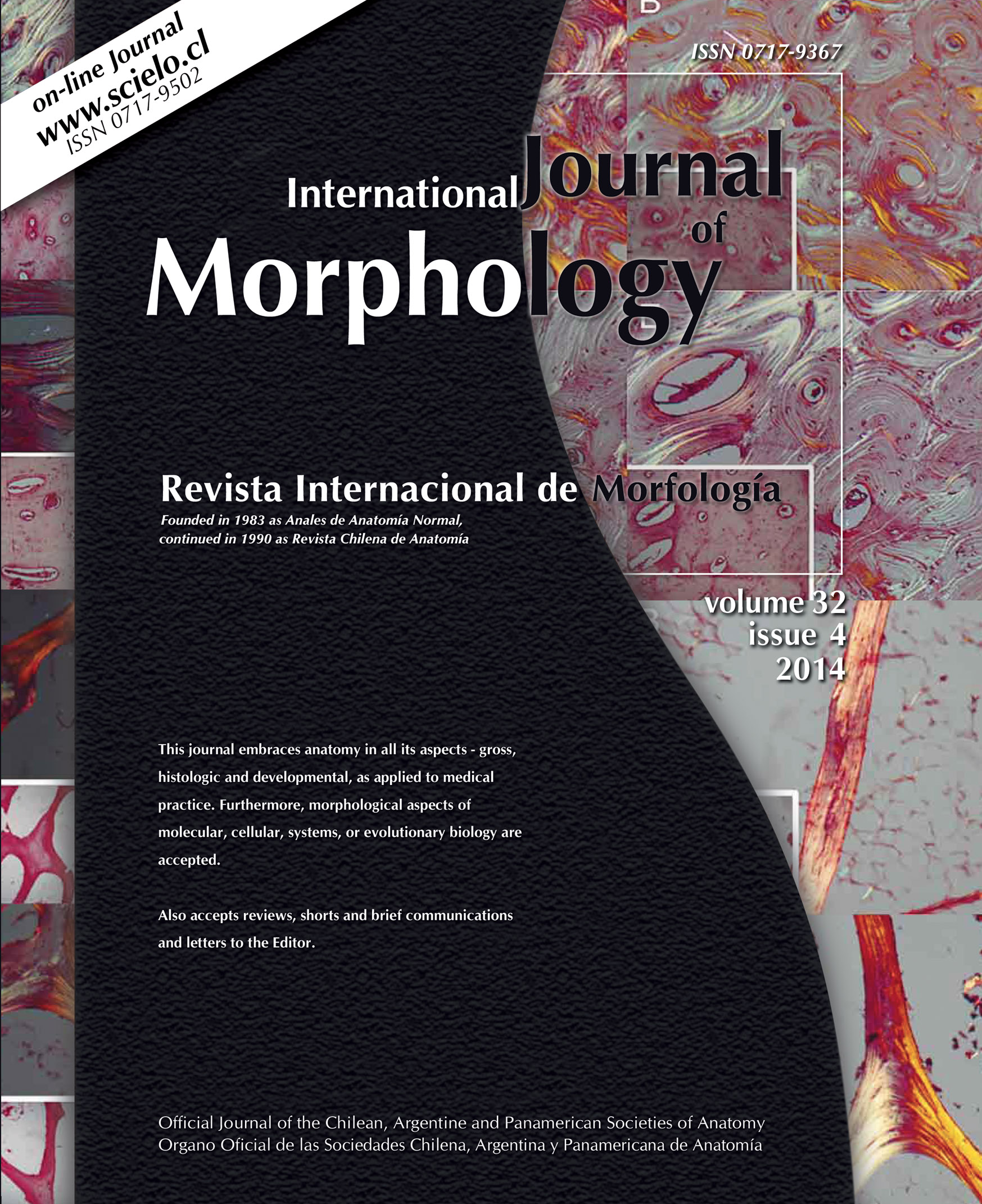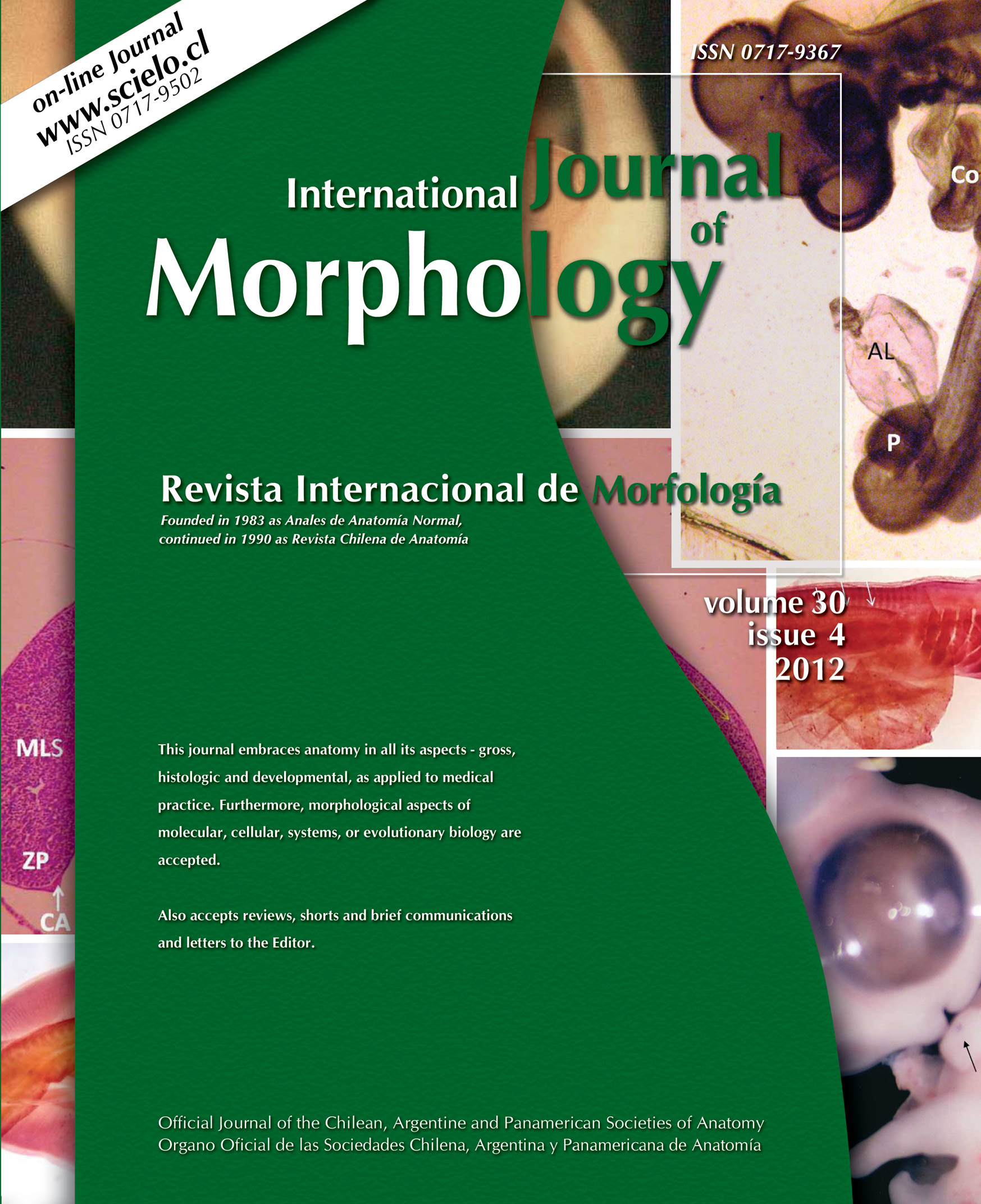End-To-Side Loop Neurorrhaphy: Axonal Comparative Stereological Study
Nagib Pezati Boer; Fausto Viterbo; Humberto Regis Faleiros; Fernando Batigalia; Ana Luísa Ricci Boer & Altair Antonio Carvalho Jr.
Summary
Accidents or diseases can affect the peripheral part of the nervous system, which raises clinical and surgical therapies, among others. In this context, the technique of end-to-side neurorrhaphy is a treatment option, yet its modification loop needs some additional efficacy studies. The purpose of this study was to compare, among rats, stereological results (axons volume density) after end-to-side neurorrhaphy and after end-to-side loop neurorrhaphy. Thirty Wistar rats were used, divided into six groups (five animals per group), consisting of two control groups (for the fibular and tibial nerves), two study groups for the fibular nerve (one with an end-to-side neurorrhaphy, and the other with an end-to-side loop neurorrhaphy) and two study groups for the tibial nerve (with an end-to-side neurorrhaphy and the other one with an end-to-side loop neurorrhaphy). After 180 days, all groups were sacrificed for axonal stereological analysis (volume density) in distal nerve stumps. There was significant maintenance of neuronal-axonal density in the distal stumps to neurorrhaphy (p<0.005) compared with the normal stumps. The end-to-side loop neurorrhaphy is a therapeutic option as suture technique after complete nerve section, in order to restore most of the axonal functional integrity.
KEY WORDS: Nerve; Axon; Stereology; Neurorrhaphy.












